History of the zoo.
Let's get you all familiar with the zoo.
The zoo was built and founded on July 22nd 1835, by Henry Riley, a local physician, who led the formation of the Bristol, Clifton and West of England Zoological Society. Riley, and a number of other prominent local individuals, gathered with the mission to facilitate 'the observation of habits, form and structure of the animal kingdom, as well as affording rational amusement and recreation to the visitors of the neighbourhood'. Shareholders at the time included several famous Bristolians, including Isambard Kingdom Brunel.
Opened to the public on Monday 11th July 1836, the zoo has helped save over 175 species from extinction through breeding programmes, established over 30 field conservation and research projects all over the world.
Bristol Zoo's situation within a port greatly helped with the acquisition of animals when it first opened. Zebi, the Zoo's famous elephant, was here from 1868 to 1909. She was quite a character, renowned for removing and eating straw hats!
1900 – 1925
The new lion house was built in 1900 and welcomed a family of large cats. Fetes, carnivals and amusements benefitted the Zoo greatly during the early 1990 and during World War One. One of the Zoo's major attractions during the time was Rajah the elephant who arrived at the Zoo in 1913 and lived there for 13 years.
1926 – 1939
Zoo introduced an aquarium and the Polar Bear enclosure opened in 1935.
1930
On 05/09/1930 a young lowland gorilla arrived at the Zoo, Alfred. At the time there was only one other gorilla in a Zoo in Europe. Alfred was a huge success at the Zoo, he had learned how to make snowballs and it was common practice to lead him around the Zoo on a lead. Throughout the Second World War Alfred grew not only in size but also in popularity, still remaining one of the most popular animals in Bristol Zoo's history.
1934
Many species have been successfully bred at Bristol Zoo Gardens over the years; the first chimpanzee to be conceived and born in captivity in Europe was Adam at Bristol Zoo.
1940 – 1959
Sebastian, the polar bear cub was born in 1958 and proved to be a huge attraction.
1960 – 1979
In early 1960's the society became the first Zoo in the UK to home Okapi and in 1967 became the first UK zoo to successfully breed Okapi. Okapi's no longer live at Bristol Zoo, they now live at the zoos sister site the Wild Place Project.
June 1963 a pair of white tigers arrived at the Zoo, the Lion House was completely rebuilt for their arrival. In the late 1960's the pair bred for the first time and again two years later. Leading to the famous four. Who became a huge attraction at the zoo.
In the mid 1980's the zoo decided to focus on endangered species such as the Asiatic lions and the white tigers left the Zoo.
In 1961 after 23 years at the Zoo, Rosie the Asian elephant sadly died. Rosie had given over 80,000 rides a year to children. She was replaced by Wendy, an Asian elephant, and Christina, an African elephant. Christina sadly died in 1986 and Wendy, the last elephant at Bristol Zoo, lived at the Zoo until 2002.
1980 - 1999
The 1980's and 1990's saw the Zoo start to become the Zoo it is today with the opening of several large, new exhibits including the Reptile House in 1981, the Monkey House in 1983 and the re-designed Aquarium in 1986. As the century drew to a close, Seal and Penguin Coast was opened by Professor David Bellamy.
2000 – today
In the early noughties we opened two new exhibits, Zona Brazil and the Livingstone fruit bat enclosure.
In 2009 ZooRopia, a high ropes course opened in the Zoo. The course allows guests to climb above some of the most popular exhibits at the Zoo.
The £1million re-development of the gorilla house took place in 2013 and has more than doubled the size of the exhibit for our growing family of gorillas and added a mind blowing 180 degree guest viewing area of these magnificent animals! Using heavy duty toughened glass, 32 stone silverback male gorilla Jock and the rest of the gorilla family are able to move above the heads of guests.
The changes even reflects with the zoos entrance over the years. Slowly Changing to meet the demand for visitors. The entrance had changed to allow more visitors to be let in after buying a ticket. Adding a gift shop for children to remember their visit.
First opened

Mid 90's (estimated)
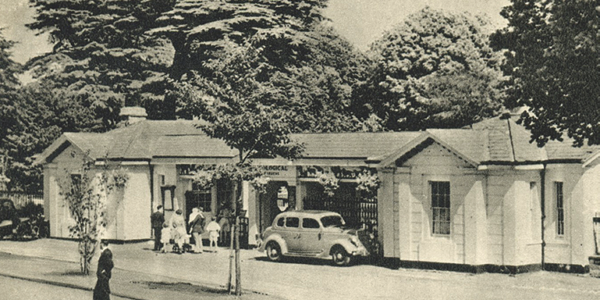
Current.
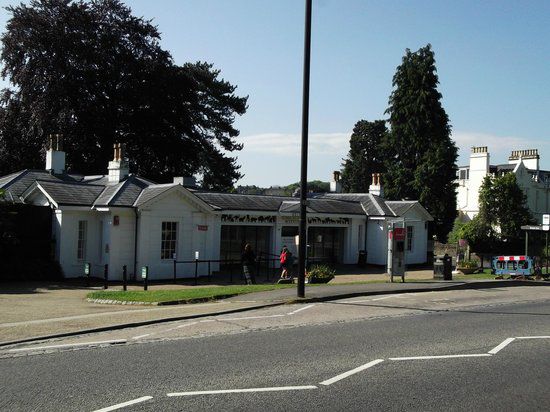
Proposed
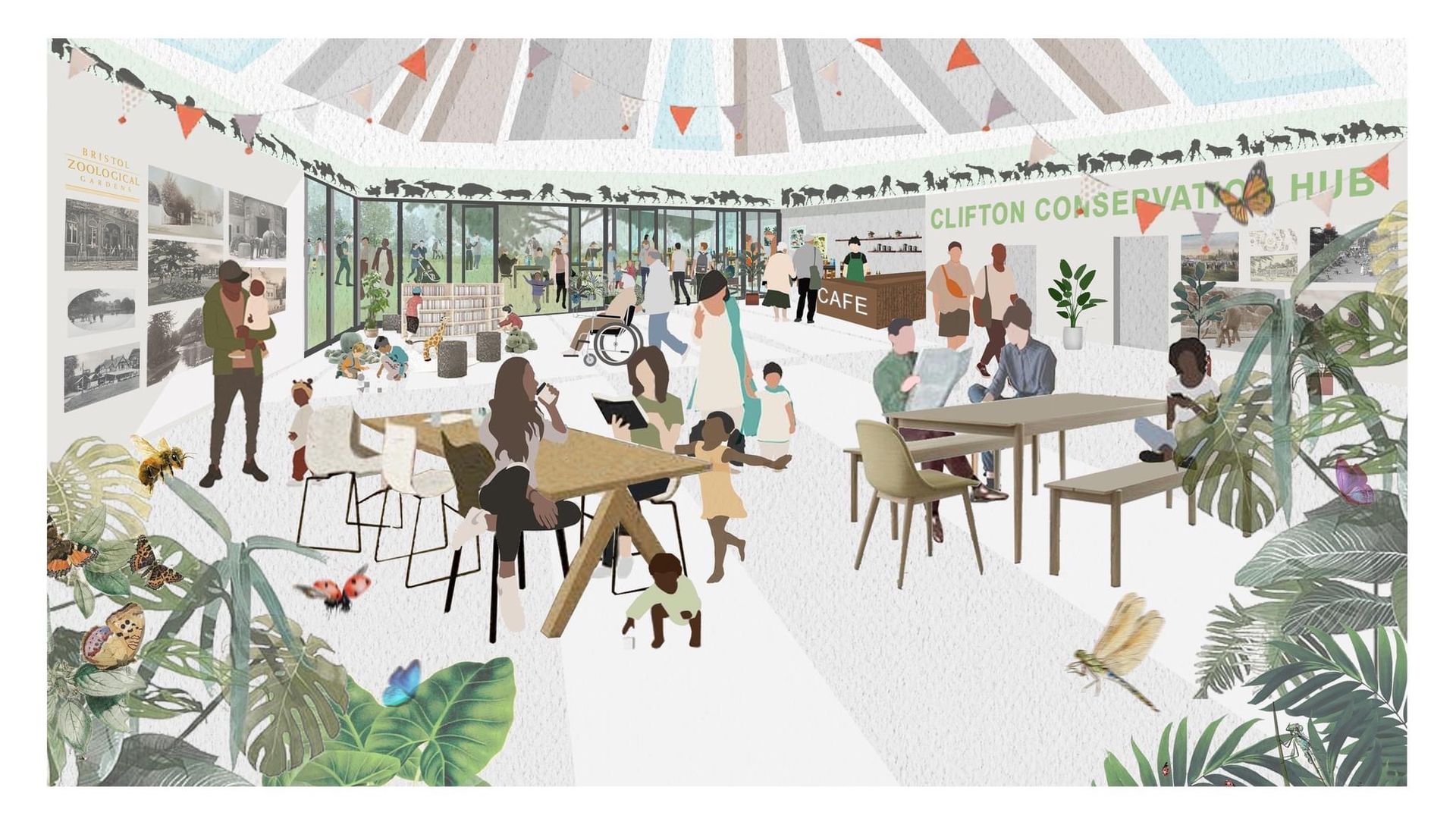
The zoo is closing this site and moving to there bigger second site. This is due to the animals needs changing and less frequent visitors from the zoo as well as the impact covid has had on this industry.
The entrance will be made into a cafe and conservation hut for the nearby downs (green park area) and gorge.
The top terrace over the years
The top terrace as they call it in the zoo is passed the entrance. Showing off the big cats, a large attraction for them. These enclosures housed jaguars to lions and the famous four (white tigers).
The top terrace was even where the famous elephant rides took place. The picture is of Rosie the elephant.
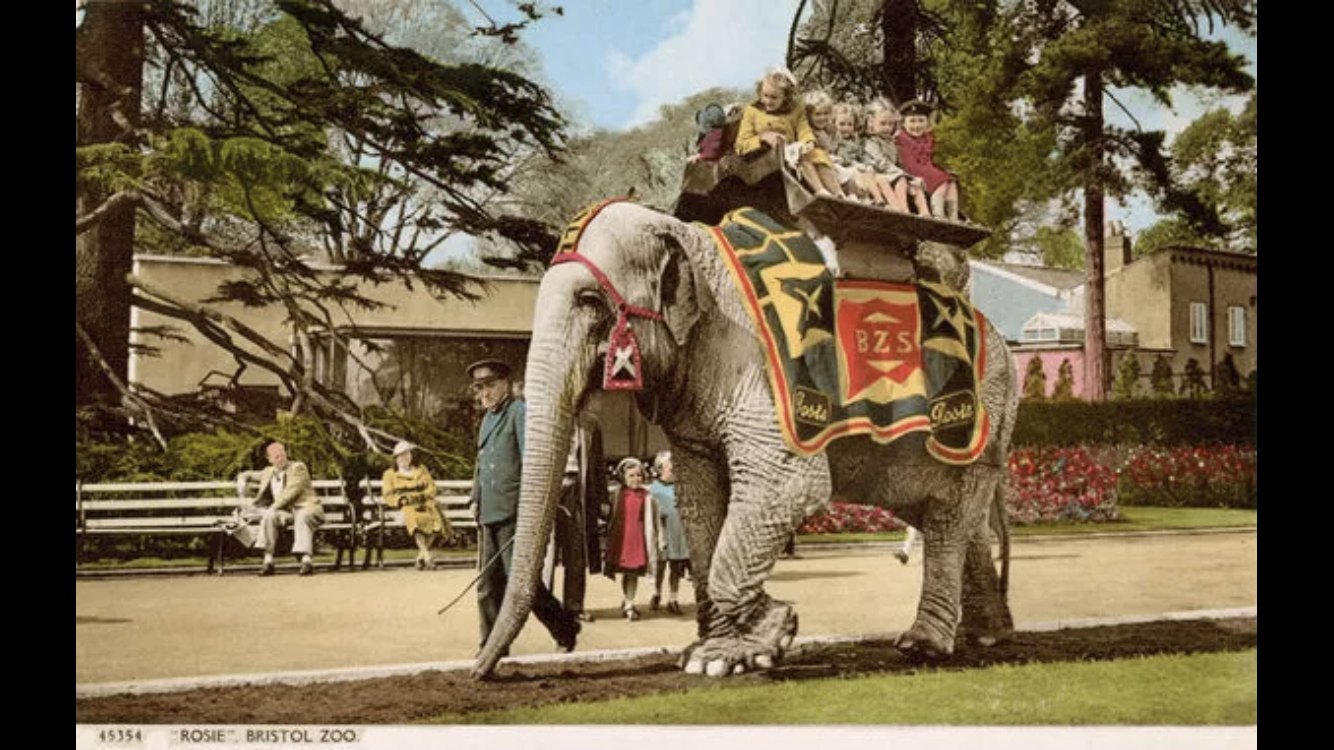
These pictures show how enclosures have changed for the better over the years. Becoming bigger. Showing less bars to reduce any stigma bars give to an enclosure.
The last photo shows the future as the site will become a public park. Showing how it will hopefully look.
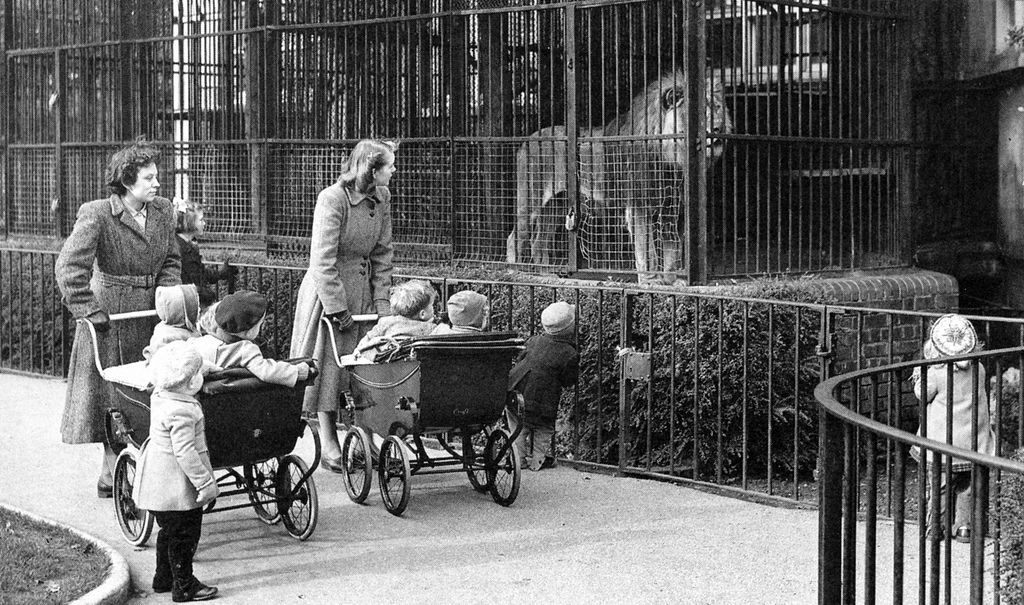
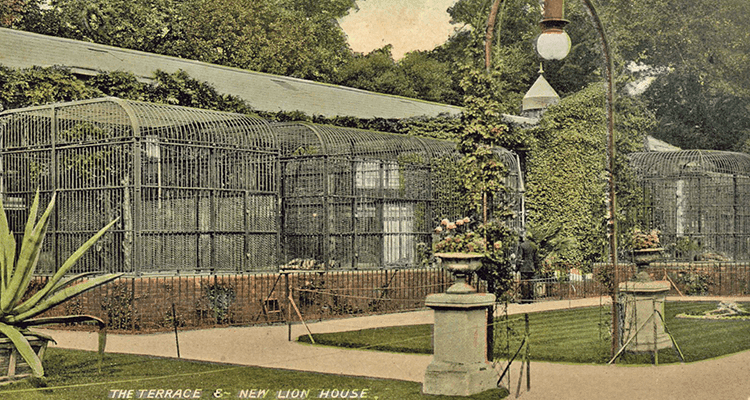
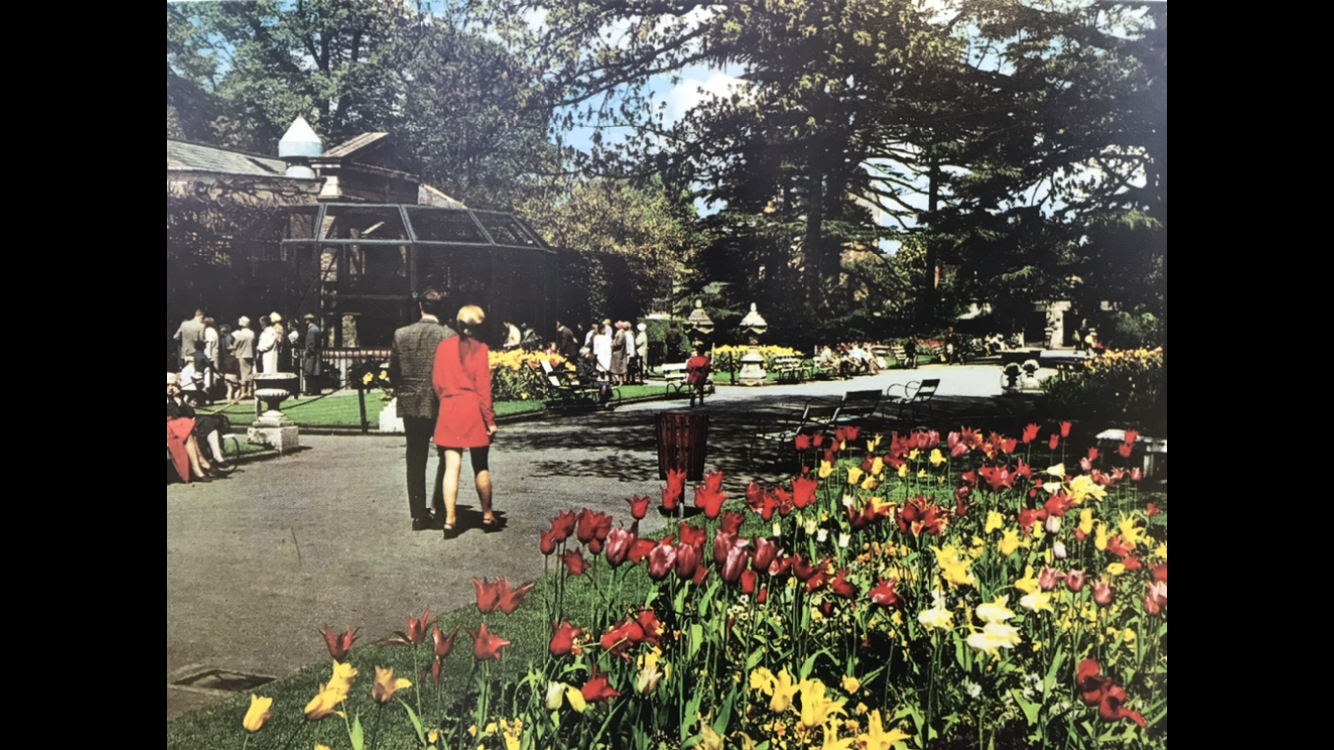
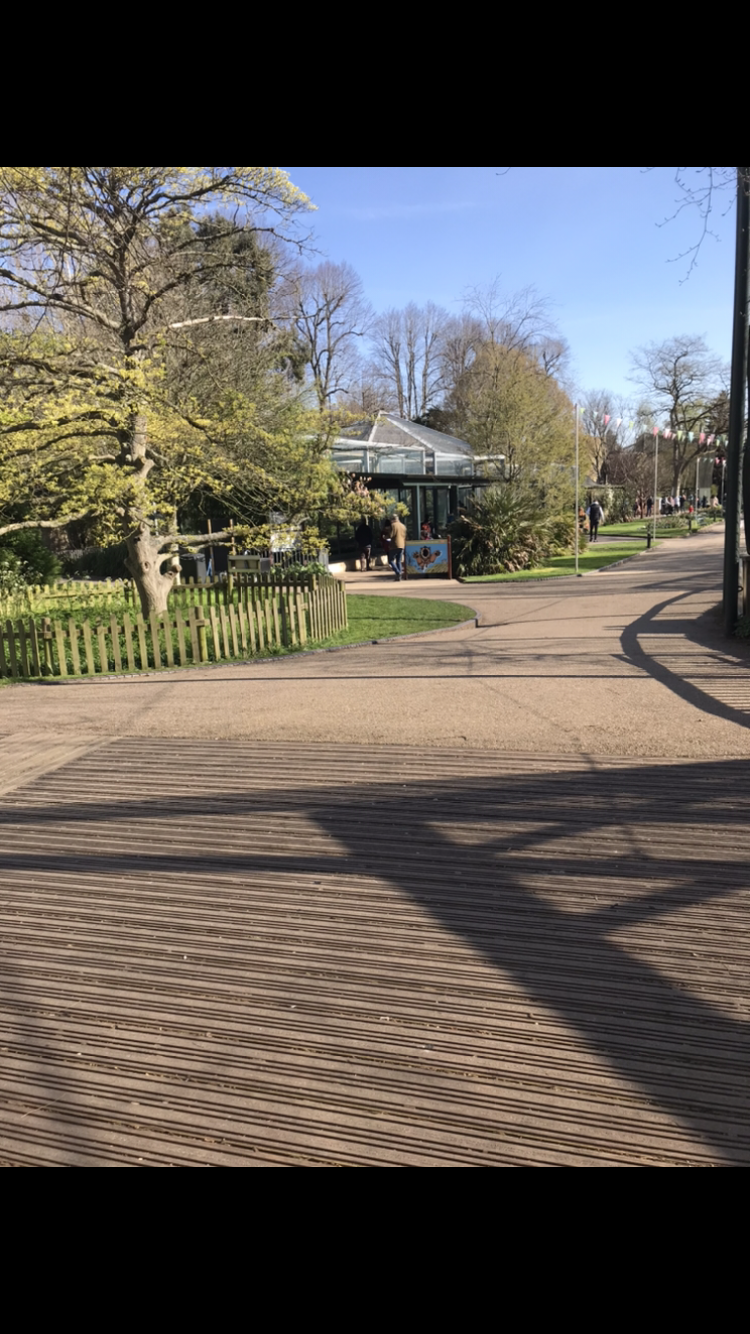
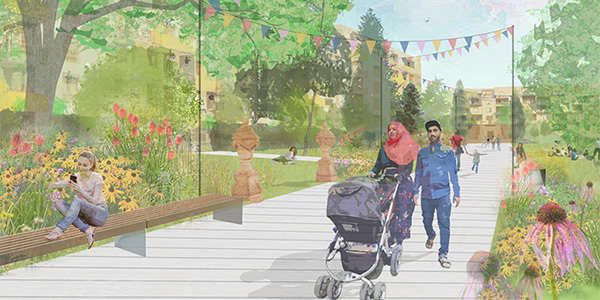
Bạn đang đọc truyện trên: Truyen247.Pro